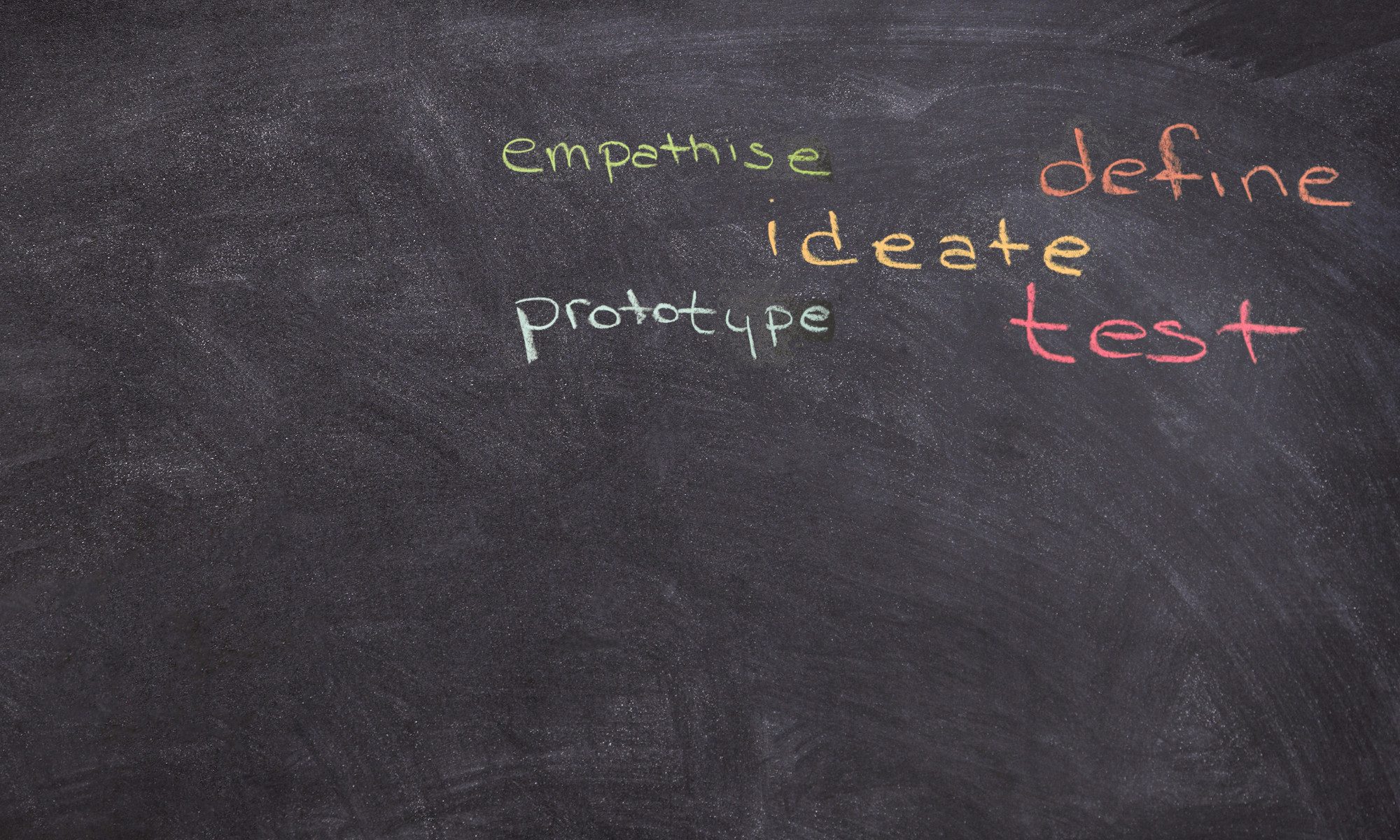Expected release date: March 2020
Objectives
This unit is designed to develop students’ knowledge of the theory and practice of digitising material culture by producing computer generated and printed 3D models. Technologies and methods for recording tangible cultural heritage, including artefacts, buildings, and landscapes will be covered, placing particular emphasis on the field of computational imaging; a field in computer science that studies the computational extraction of information from digital photographs and has democratised the process of capturing, preserving, disseminating, and promoting heritage. 3D printing and its different applications in the cultural and creative industries will also be examined. 3D recording and 3D printing methods will be presented both theoretically and practically, discussing the history and the state-of-the-art, best practices and protocols, and characteristic applications from various fields. Students will develop skills in the use of digital 3D recording and printing tools and methods and will have the opportunity to use Design Thinking to apply their knowledge to real-world case studies and scenarios. By the end of this unit, students will have the ability to use digital tools and methods to record, present, and disseminate material culture in both digital and physical three-dimensional forms.
Learning Outcomes
After completing this unit, the learner will be able to:
Demonstrate a good knowledge and understanding of the theory and practice of using digital technologies and methods to digitise, disseminate, and promote material culture in three dimensions;
Critically evaluate different tools and methods and their products as well as the benefits and challenges of implementing such technologies for the European cultural heritage;
Put theories into practical effect, design solutions, and solve problems related to specific heritage scenarios and case studies;
Apply professional and industry-standard techniques for the three-dimensional digitisation and printing of material culture;
Use a wide range of digital tools for recording, visualising, and disseminating cultural heritage;
Respond critically to scenarios, case studies, and research questions by employing the most appropriate tools and designing the most effective solutions;
Plan, design, implement, and evaluate 3D recording processes and products;
Apply 3D recording and printing skills to creative and cultural industries.
Teaching Methods/Technologies
This unit will consist of lectures (via text and video) on the theory, background, applications of 3D recording. State-of-the-art methods will be covered via powerpoint presentations with voice-over, written and audio-visual step-by-step tutorials, hands-on and how-to exercises, quizzes, and interactive assignments. Extensive bibliographic and online resources will allow students to delve into the field and effectively respond to short- and long-form writing assessments. Case studies and scenarios from cultural heritage, creative industries, and related fields that require collaboration, synthesis, analysis, and problem solving will be used to enable students to put into practice the theoretical concepts and best practices taught in the lessons. In this unit students will primarily use open-source, free for education, and industry-standard software and platforms, including but not limited to Agisoft Photoscan, Autodesk Remake, RTI Builder, RTI Viewer, MeshLab, and Sketchfab.


